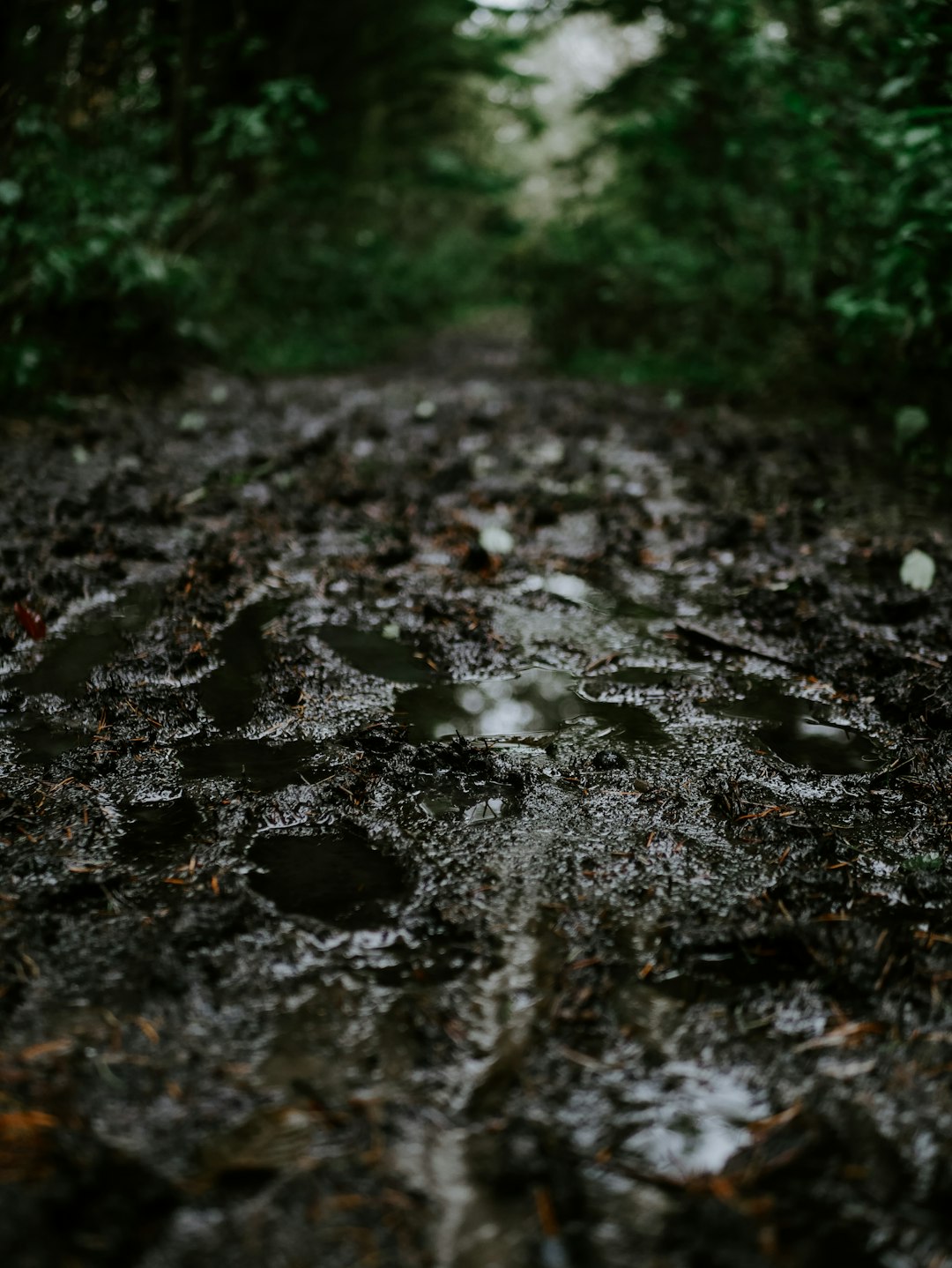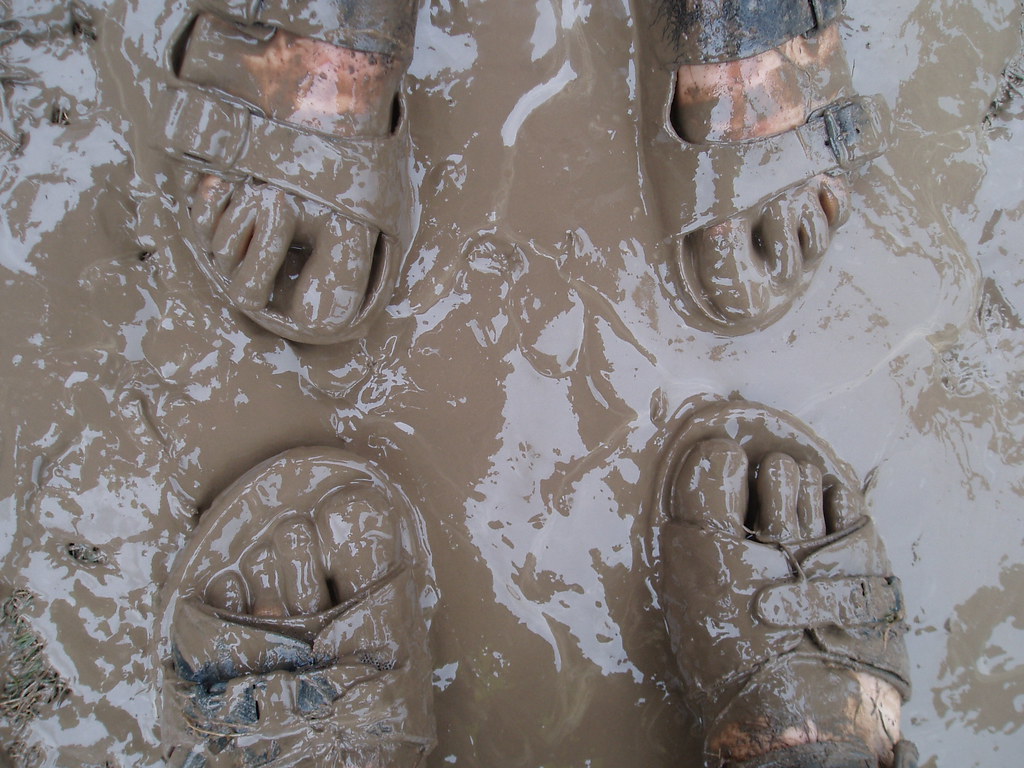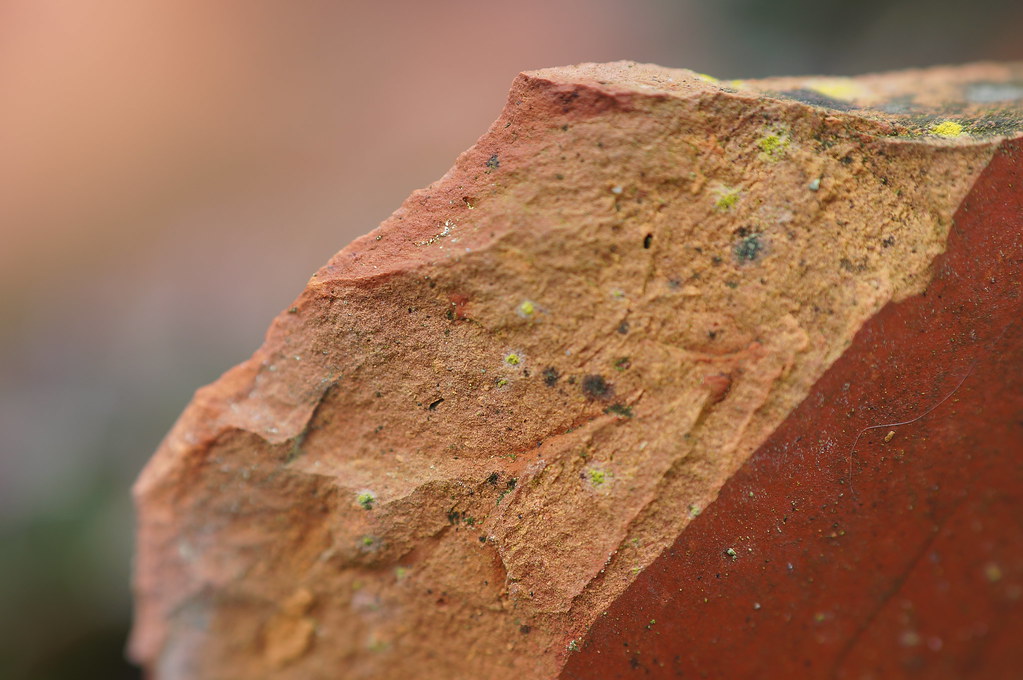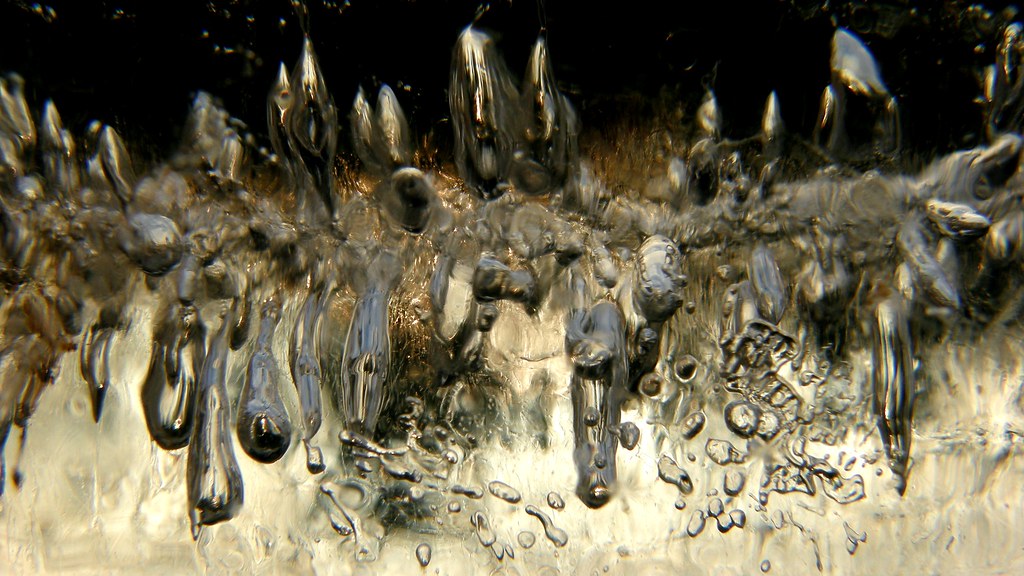
Why does clay explode in the kiln? This common issue often frustrates both novice and experienced ceramic artists. Understanding the reasons behind these explosive mishaps helps prevent them. It usually boils down to trapped moisture or air bubbles within the clay body that expand when heated, causing a sudden release of energy. Familiarizing oneself with proper clay preparation techniques and firing practices can minimize the risk of explosions and ensure the art survives the journey from raw clay to finished piece.

| Cause of Explosion | Explanation | Prevention Tips |
|---|---|---|
| Moisture | Mistakenly firing wet clay causes steam build-up. | Ensure thorough drying before kiln firing. |
| Air Bubbles | Air trapped in the clay expands and bursts. | Wedge the clay adequately to remove air pockets. |
| Thickness Variations | Uneven walls heat at different rates, causing stress. | Maintain uniform thickness to allow even heating. |
Mastering Clay’s Moisture Management
Moisture is a tricky adversary when dealing with pottery. Clay that’s too wet and goes into the kiln is almost asking for trouble. The transformation of water into steam creates pressurized pockets that are eager to turn your masterpiece into smithereens. To avert this disaster, give your pieces ample drying time. Depending on climate and humidity, this might take several days to a few weeks. Speeding up the drying by placing pieces in a sunlit area can help, but always ensure your clay feels dry to the touch before firing. Patience is key; it saves you the grief of hearing an unexpected bang from the kiln.

Saying Goodbye to Air Pockets
Air bubbles are the hidden landmines in a piece of clay. These sneaky pockets of air can cause your sculpture or pottery to crack or explode. The solution? Mastering the art of wedging. This technique doesn’t just remove air bubbles; it also aligns the clay particles, making the clay stronger and more workable. Whether you’re using the spiral method or the ram’s head technique, ensuring your clay is well-prepared will significantly decrease the risk of destructive air pockets wreaking havoc during firing.
- Wedge your clay thoroughly before forming your piece.
- Examine your clay for any visible air bubbles during the process.
- Consider using a de-airing pug mill if you work with clay professionally, as highlighted in this complete guide to kiln firing.

Achieving Even Thickness in Clay Projects
Creating a piece with uneven thickness is like setting up a domino effect of potential kiln catastrophes. Uneven walls or bases heat at different rates, leading to tension and stress that can crack or shatter your work. The trick is in consistent crafting. Use calipers to check uniformity or invest in slab rollers for larger pieces. If wheel-throwing, take the time to center your clay properly, and consistently work from the bottom up. Your efforts will ensure even heating, safeguarding your work from the unpredictability of thermal shock.

Nurturing a Safe Clay Journey
Proactively educating yourself on the quirks of clay and the kiln can make all the difference. From moisture management to air bubble eradication and maintaining evenness in thickness, it’s about anticipating problems before they manifest. Your skill and care in these preparatory steps directly translate to more successful kiln firings and fewer exploded disappointments.
If you want to explore more about pottery techniques, consider checking out the Pottery Studio program in New Castle, which offers detailed courses and insights to hone your skills.
Have you ever battled with a kiln mishap? Share your experiences or tips in the comments below—we’d love to learn how you overcame the challenges of firing clay! For additional insights, feel free to browse our collection of recent articles and content on the topic.
WHY DO CLAY EXPLODE IN THE KILN? # pottery #craft #art
Why does clay explode in the kiln? This common issue often frustrates both novice and experienced ceramic artists. Understanding the reasons behind these explosive mishaps helps prevent them. For a deeper dive into this topic, watch the video by Set Gozo Artist Corner, which explores kiln explosions during clay or ceramic firing and offers valuable insights into preventing such incidents.
How Can I Prevent My Clay from Exploding in the Kiln?
Proper ventilation and a gradual buildup of heat are essential to release moisture and gases safely. If these elements remain trapped, internal pressure increases—potentially causing an explosion. Load your kiln strategically, maintain a slow and even heating schedule, and confirm the kiln’s ventilation system is functioning correctly to keep your pieces intact.
Why Does Clay Crack in the Kiln?
Controlling the drying process is key in transitioning clay from its molded form to a finished ceramic piece. Air and kiln drying both cause shrinkage, which can introduce stress and lead to cracks or other structural weaknesses. By monitoring humidity and drying time, you can balance moisture loss, reduce tension, and prevent unwanted fractures.
How Thick Can Clay Be Before It Explodes?
Clay can be quite thick if you fire it carefully. Consider a standard brick: it’s about 2.5 inches thick and still fires without exploding. The secret lies in firing slowly and steadily, allowing internal moisture and gases to escape before the heat reaches levels that could cause sudden pressure buildup.
At What Temperature Does Pottery Explode?
Pottery can explode at two primary temperature milestones. Around 212°F (100°C), residual moisture turns into steam and seeks a way out of the clay. Then, near 900°F (482°C), chemically bonded water leaves the clay. If the process isn’t controlled, this rapid escape of moisture can cause pieces to burst. After these points, your risk of an explosion goes down, though rapid temperature changes can still lead to cracks.
Wrapping up, understanding why clay explodes in the kiln is a crucial step for any ceramic artist looking to refine their craft. By ensuring your pieces are properly dried and free of trapped moisture or air bubbles, you can significantly reduce the chances of unexpected mishaps. Remember, patience and careful preparation are your best tools in creating beautiful, explosion-free ceramics.
Stay Connected and Keep Creating!
I’d love to see your ceramic journeys and share more tips with you. Don’t hesitate to reach out and stay updated with the latest techniques by following us on Instagram. Let’s continue to inspire each other and keep the creative energy flowing!
